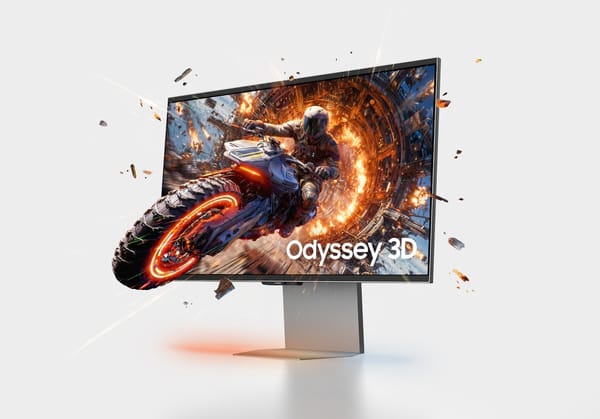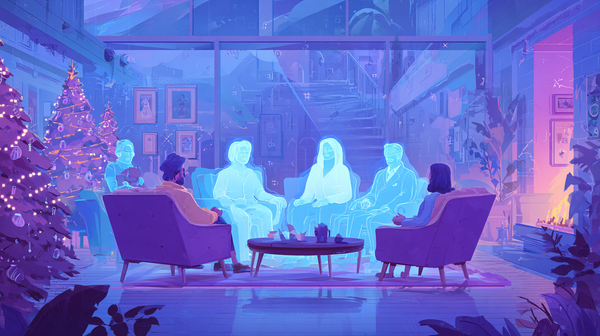3D Gaussian Splats Added to glTF with Support from Khronos, OGC, and Niantic

- Khronos and partners added 3D Gaussian splat support to glTF using two new extensions.
- The integration uses Niantic’s SPZ format for high compression and accurate rendering of complex features.
Khronos Group, OGC, Esri, Cesium (Bentley), and Niantic Spatial have added 3D Gaussian splat support to the glTF asset format. Gaussian splats use radiance fields to represent real-world environments with photorealistic detail, capturing features like thin structures, semi-transparent materials, reflections, and intricate textures.
The update introduces two glTF extensions. One defines splats as point primitives with attributes such as position, rotation, scale, transparency, and spherical harmonics. The other enables compressed storage and streaming using the SPZ format, an open-source file format provided by Niantic Spatial, which reduces file size by up to 90% compared to the PLY format.
Using SPZ with glTF makes it easier to share and render detailed 3D content across different platforms. The extensions are designed to handle current needs while leaving room to add more features as the technology develops.
🌀 Tom’s Take:
Standardizing Gaussian splats in glTF gives developers a portable, efficient way to use photorealistic 3D capture across tools, engines, and platforms, without reinventing the pipeline.
Disclosure: Tom Emrich has previously worked with or holds interests in companies mentioned. His commentary is based solely on public information and reflects his personal views
Source: Khronos




